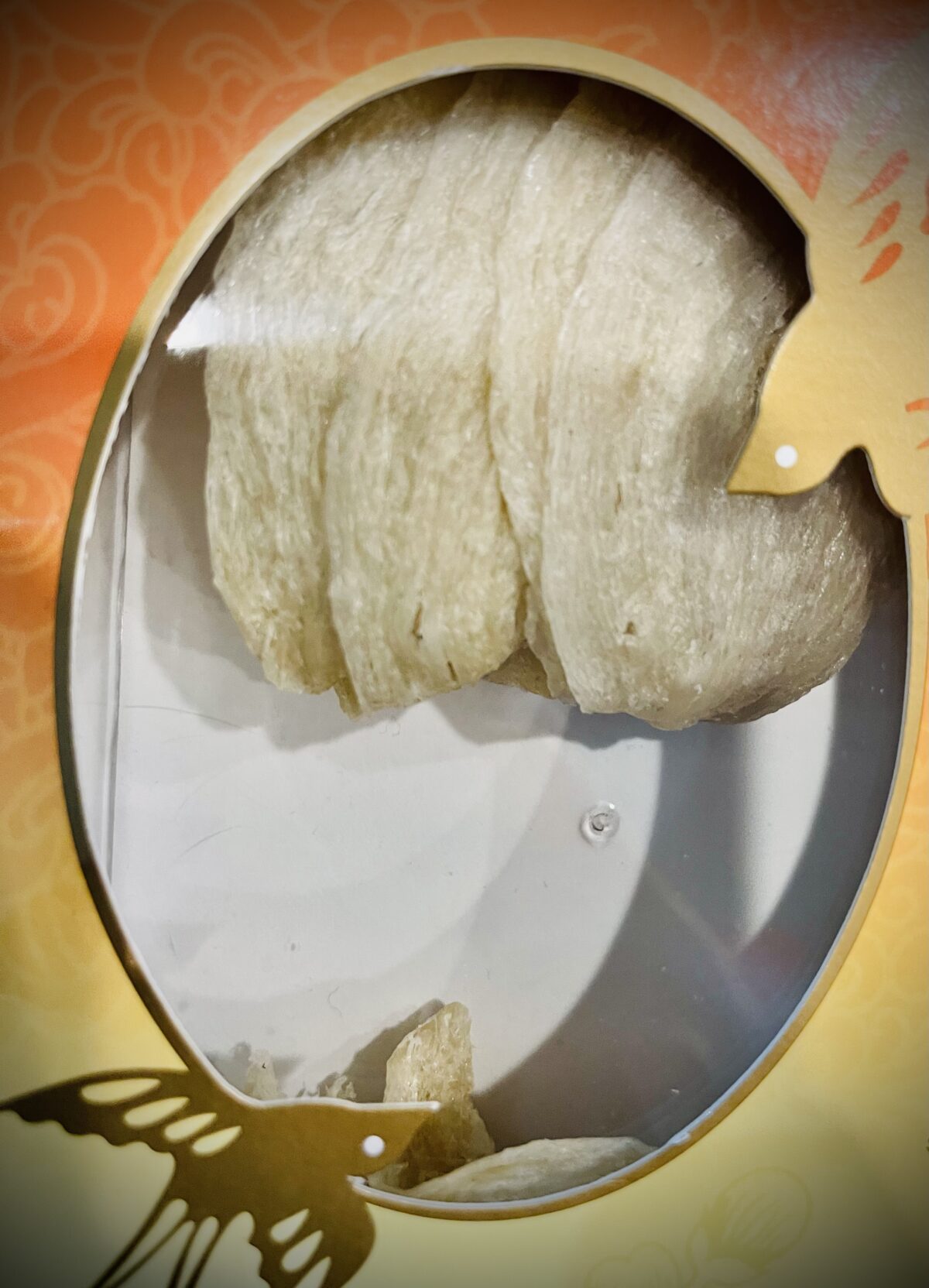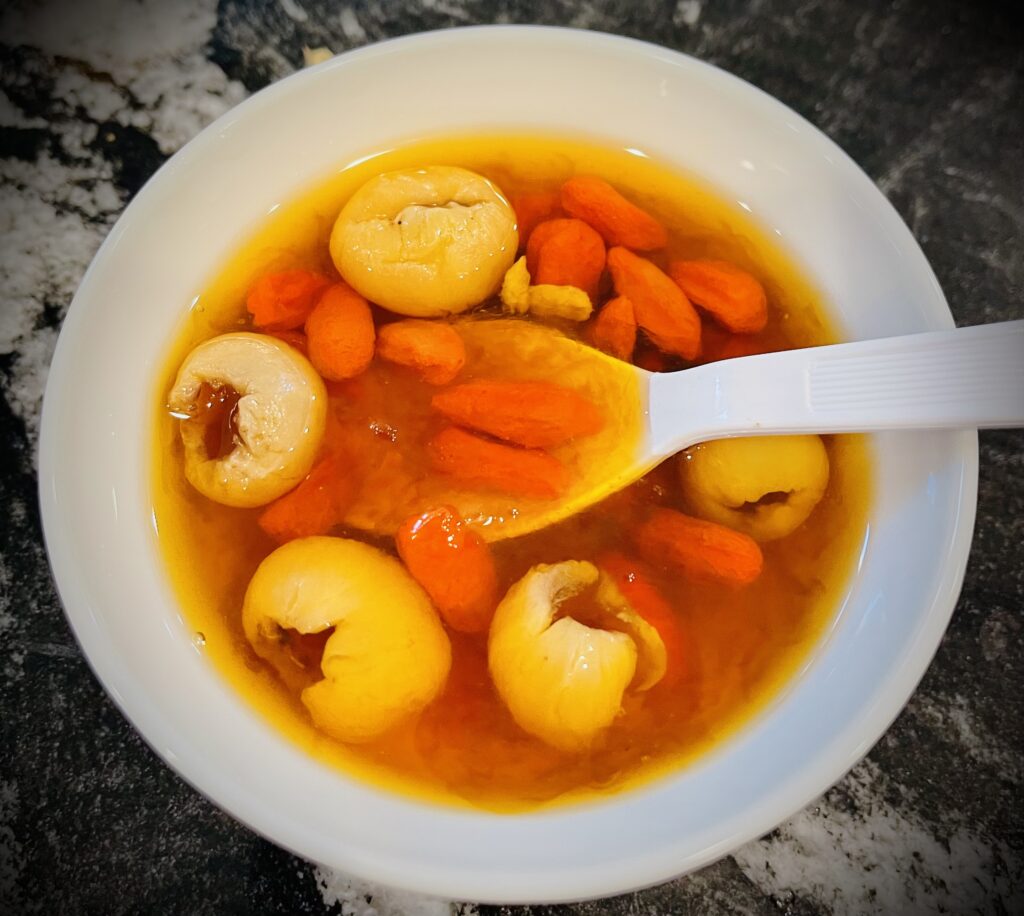Introduction
Ginseng, often touted as the “king of all herbs” in traditional Eastern medicine, weaves a rich tapestry of historical and contemporary relevance in the sphere of natural wellness. Despite its royal status abroad, it finds its throne somewhat unacknowledged in American holistic health circles. This dissonance invites a deep dive into understanding why ginseng, with its potent potential, struggles to find unanimous applause on American soil.
Chapter 1: Ginseng – The Regal Herb of the East
In Asian cultures, particularly China and Korea, ginseng is revered for its multifaceted medicinal properties. Its ability to potentially bolster immune systems, enhance mental clarity, and rejuvenate energy reserves has cemented its lofty status for millennia. Ginseng finds itself woven into daily lives, from being a staple in home remedies to a critical ingredient in various traditional dishes, indicating a symbiotic relationship between wellness and culinary practices.
Chapter 2: A Tale of Two Perspectives – East Meets West
The reverence accorded to ginseng in the East sharply contrasts with the perspective in the Western world, particularly in America. This dichotomy can be traced back to differing historical, cultural, and medicinal trajectories. While Eastern medicine often leans into holistic and natural remedies, Western medicine traditionally pivots toward a scientific, allopathic approach. Ginseng, despite its celebrated status in the East, has found itself oscillating between being acknowledged as a potent natural remedy and being relegated to the realms of alternative medicine in America.
Chapter 3: Science and Skepticism – Ginseng’s Western Dilemma
The confluence of scientific skepticism and natural remedies often brews a storm of contention. While certain studies substantiate ginseng’s efficacy in various health contexts, a palpable degree of skepticism persists in American wellness circles. The hesitancy stems from a stringent emphasis on rigorous, scientific validation, which, while valid, sometimes dims the light on traditional, experiential knowledge. Ginseng, thus, finds itself straddling the fence, acknowledged by some yet disregarded by others who are awaiting more empirical endorsements.
Chapter 4: Beyond Medicine – Ginseng’s Unexplored Culinary Potential
Ginseng’s robust potential isn’t merely confined to medicinal avenues but spans the vibrant realm of culinary exploration. However, this aspect finds somewhat muted expression in American cuisine. Ginseng-infused dishes, teas, and concoctions, a common sight in Eastern households, are relatively elusive in the American culinary narrative. This unveils an unexplored territory where ginseng could weave itself into American diets, not just as a medicinal adjunct but as a culinary ingredient enriching flavors and wellness alike.
Chapter 5: Reinvigorating Ginseng’s Image – The Path Ahead
Ginseng, with its tapestry rich with potential and historical reverence, invites a reevaluation within American health and wellness discourses. The path ahead might involve intertwining traditional beliefs with robust scientific research and expanding ginseng’s narrative beyond medicinal capsules into daily culinary and lifestyle practices. Educational endeavors, backed by scientific and traditional insights, could pave the way for ginseng to be embraced not merely as an alternative remedy but as a mainstream wellness and culinary ally.
Conclusion
Ginseng, despite its unassailable stature in Eastern wellness, finds its regality somewhat overshadowed in American contexts. The potential it carries is boundless, bridging health, wellness, and culinary worlds with its nuanced applications. As we move forward, ginseng invites us to weave a narrative that honors both its historical significance and its scientifically validated potential, crafting a future where it’s recognized and respected across diverse wellness paradigms globally.



